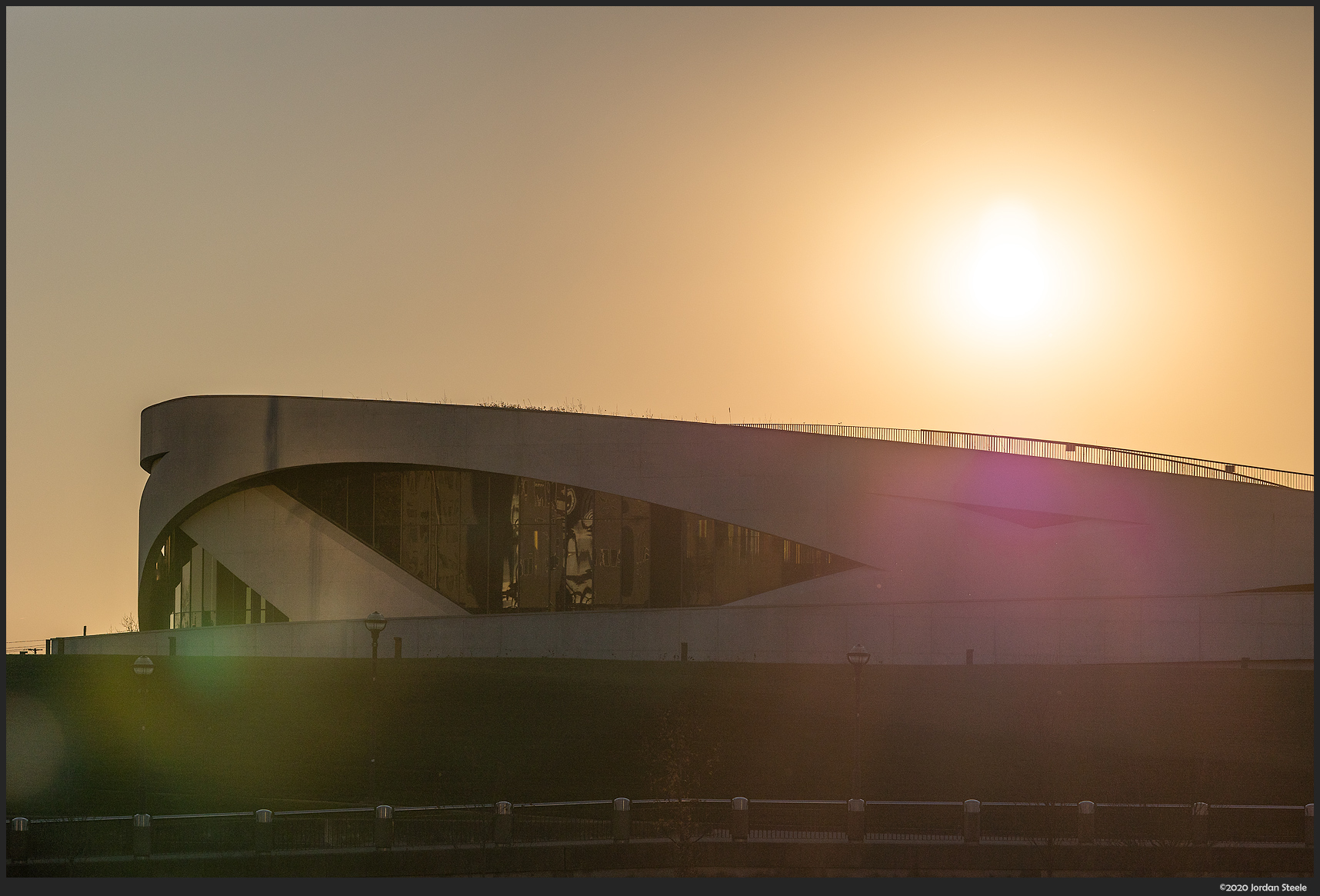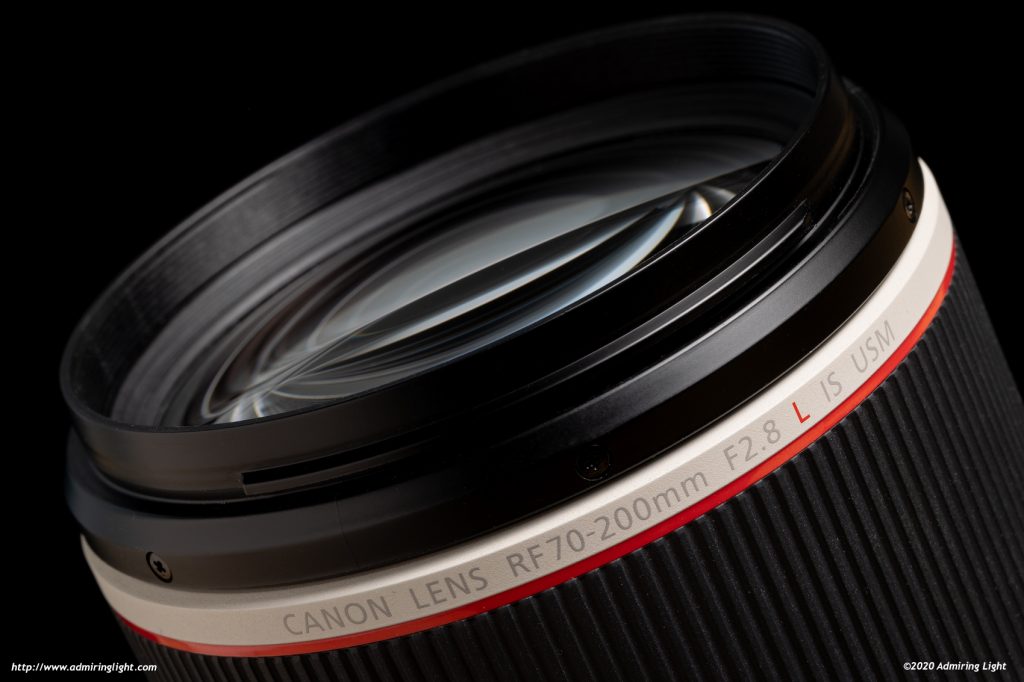Image Quality
Canon’s 70-200mm zoom lenses have long been among the best, and consistently provide outstanding image quality, with excellent sharpness and good bokeh throughout the zoom range. The RF 70-200mm f/2.8L IS fits right in with that legacy.
Sharpness
The RF 70-200mm f/2.8L is a very sharp lens, as one would expect from a pro-grade telezoom. Central image sharpness is very high from f/2.8 from 70mm through about 165mm, and is a little bit softer towards 200mm, but still very good. Corner sharpness is good wide open at 70mm, and very good from 100-200mm. Stopping down just one stop brings central sharpness to exceptional levels at all focal lengths and the edges and corners become very sharp as well, yielding excellent corner to corner results at smaller apertures throughout the zoom range.
The RF doesn’t really break any new ground in comparison to the latest EF 70-200mm f/2.8L IS III, but it doesn’t really need to, given the optical prowess of that lens. Click here for a 100% crop of the focus point on the image below.

In short, you can feel free to use the RF 70-200mm f/2.8L IS at the aperture needed for the depth of field required and can count on it to deliver sharp shots. The lens maintains its solid performance even at infinity and f/2.8, where the lens is capable of delivering excellent cross-frame sharpness at a distance.
Bokeh
One of the primary uses of a fast 70-200mm lens is for portraiture and for isolating details from the background. The bokeh, therefore, is fairly important on a lens such as this. I’m pleased to say that bokeh is very pleasing with the RF 70-200mm f/2.8L. Background blur is generally quite smooth, with evenly illuminated specular highlights.

There is some minor mechanical vignetting wide open, which causes a mild cat’s eye effect in the corners, but it’s not particularly egregious on this lens. The lens aperture has 9 rounded blades that maintain a mostly circular appearance stopped down, and indeed bokeh remains quite good at smaller apertures. Overall, a very nice performance here, making the lens very well suited to shallow depth of field work.
Color, Contrast and Chromatic Aberration
The RF 70-200mm f/2.8L shows outstanding color and contrast, straight from f/2.8. Images are rich and punchy, and only a mild increase in contrast is noted from f/2.8 to f/4. This isn’t very surprising, as pretty much all high end lenses nowadays have great color and contrast, but the RF 70-200mm does a truly excellent job here.

Lateral Chromatic Aberration control is also excellent, with essentially no field relevant CA to speak of. Likewise, longitudinal CA is very well controlled, with only minor green and red tints behind and in front of the focus point at f/2.8. Stopping down quickly removes any residual traces of CA.
Distortion, Flare and Vignetting
The Canon RF 70-200mm f/2.8L shows a bit of barrel distortion at the 70mm mark, which transitions to mild pincushion distortion as the focal length increases. Distortion is visible, but easily corrected with a lens profile with minimal effect on overall image quality.
The RF 70-200mm f/2.8L IS does show a rather mixed performance with regards to flare. When the sun is in the background and out of focus, or out of frame, the effect on image contrast is minimal, with low veiling flare and minimal ghosting. However, at the longer focal lengths with the sun in the frame and predominantly in focus, there can be rather strong ghosting artifacts in purple and green that can cause significant damage to images, as can be seen in what I found to be the worst case scenario below:

Vignetting is mild at the wider end of the zoom range, and becomes more prominent and fairly strong towards 200mm. Stopping down to f/4 significantly reduces vignetting and it’s essentially gone by f/5.6. In my opinion, there’s not much to worry about there.
Overall, the RF 70-200mm f/2.8L IS USM is an outstanding short telephoto zoom lens. Excellent sharpness, very nice bokeh, low chromatic aberrations and outstanding color and contrast make this a worthy professional-grade zoom.






Leave a Reply